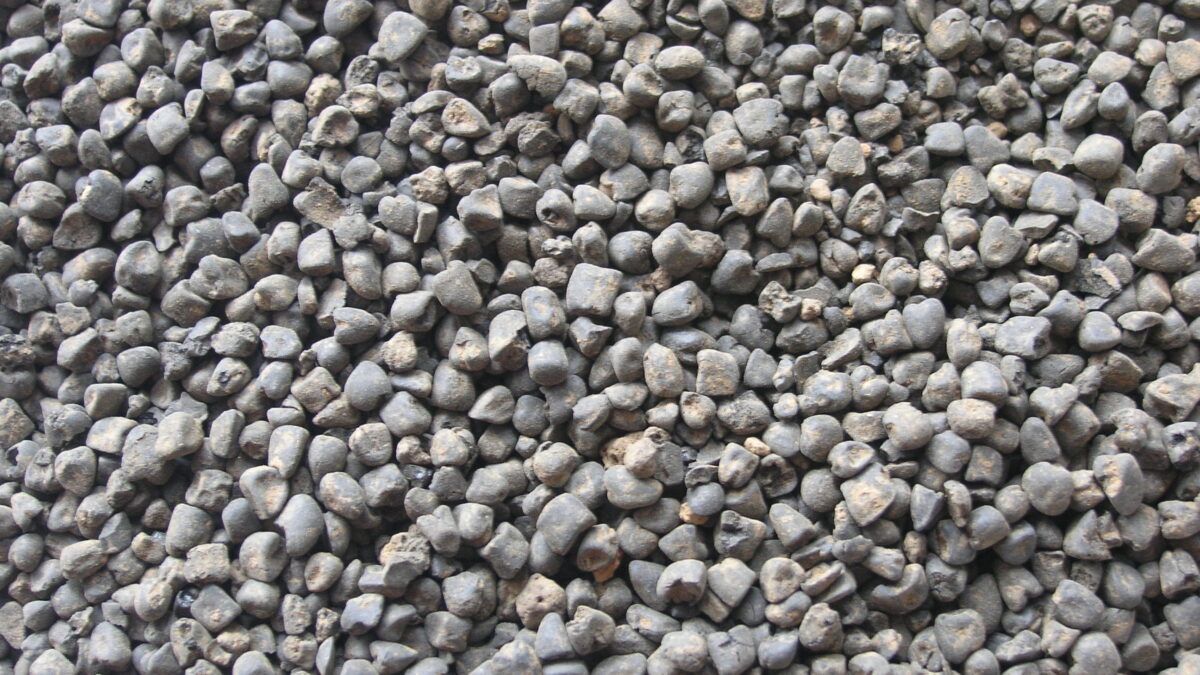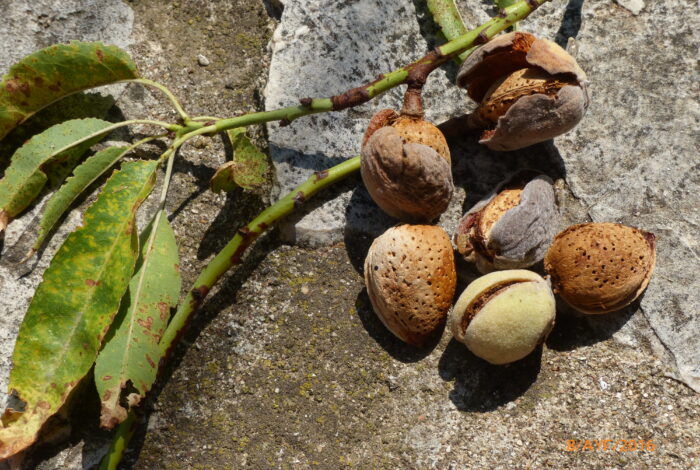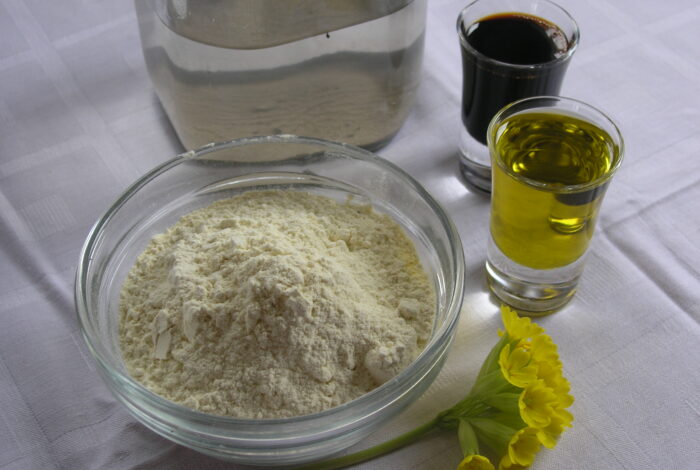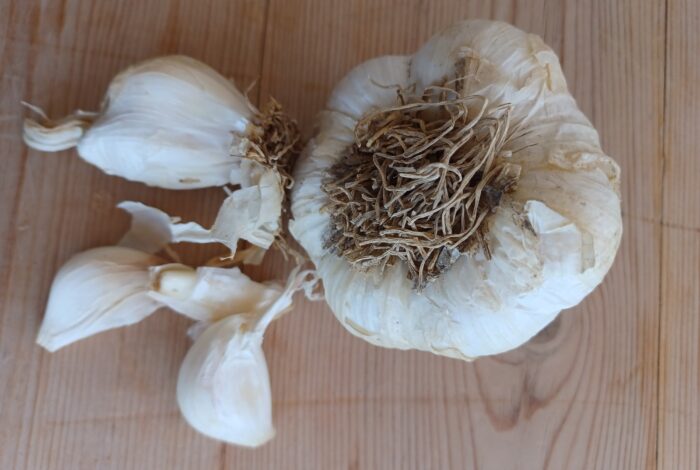Soultana-Maria Valamoti
The genus Lathyrus, known as grass pea, is represented in Greece by many different species. Some of these have been cultivated in the region for thousands of years, and it has been convincingly argued that the cultivated Lathyrus species of the Aegean represent the area’s contribution to the repertoire of domesticated plants cultivated by humans since the 7th millennium BC.
Archaeobotanical evidence reveals the presence of one of these species, Lathyrus sativus, a grass pea with striking blue flowers in varying shades, since the early millennia of the Neolithic period. Charred seeds of this species have been found stored in Neolithic houses in Macedonia – for example, at Servia and Dikili Tash – as well as in southern Greece, such as at Ftelia on Mykonos. During the Bronze Age, two more grass pea species were cultivated in the Aegean: Lathyrus ochrus, known as afkos on the island of Limnos, and Lathyrus clymenum, known today as Santorini fava.
Ancient Greek texts mention the term lathyros, but based on their descriptions, it is not possible to determine with complete certainty which of the cultivated Lathyrus species of Greece – namely, lathyri (Lathyrus sativus), afkos of Limnos (Lathyrus ochrus), or Santorini fava (Lathyrus clymenum) – the word refers to. While there is a convincing argument that the term ochros corresponds to Lathyrus ochrus, it remains difficult to match the ancient Greek terms lathyros, arakos and aphaki with specific plant species. One might hypothesise that the ancient lathyros corresponds to today’s L. sativus, and arakos to Santorini fava (L. clymenum) – especially since the Santorini variety is still locally called arakas.
In any case, the ancient sources shed light on a key aspect of this group of legumes: they were cooked into a thick yellow purée – a lekithodes etnos, that is, a mash the colour of egg yolk. This association of colour and texture is made by the 4th-century BC writer Phainias, who gives arakos as an example of a legume prepared in this way. This yellowish purée described in ancient texts almost certainly corresponds to what we now call fava, the method of preparation that survives across Greece today and is applied to all three cultivated Lathyrus species. This dish is an ancient contribution to Greece’s culinary heritage, with roots going back to prehistory. Whether made from afkos of Limnos, Santorini fava or lathyri from Limnos, Corfu, or Livadia, the unifying feature of the three Greek grass peas is the yellow colour of the cotyledons, which is revealed when the seed is split and the outer coat is removed. Cooked into a thick mash, both today and 2,900 years ago in the time of Phainias, Greek grass peas have always had that characteristic yellow hue noted by the ancient writer.
Image 1 The blue flower of Lathyrus sativus, commonly known as lathyri—possibly the lathyros of antiquity. (Photo by S.M. Valamoti, from Food Crops in Ancient Greek Cuisine: an archaeobotanical and textual study, Valamoti, Fyntikoglou, Symponis 2022, University Studio Press)
Image 2. Charred Lathyrus sativus seeds from the Neolithic settlement of Toumba Kremastis Koiladas, Kozani. (Photo by S.M. Valamoti, from Food Crops in Ancient Greek Cuisine: an archaeobotanical and textual study, Valamoti, Fyntikoglou, Symponis 2022, University Studio Press)
Image 3. Fava made from grass pea, prepared experimentally as part of the PLANTCULT research project (ERC CoG GA682529). (Photo by S.M. Valamoti, from Valamoti 2023, Plant Foods of Greece: A Culinary Journey to the Neolithic and Bronze Ages, University of Alabama Press)










